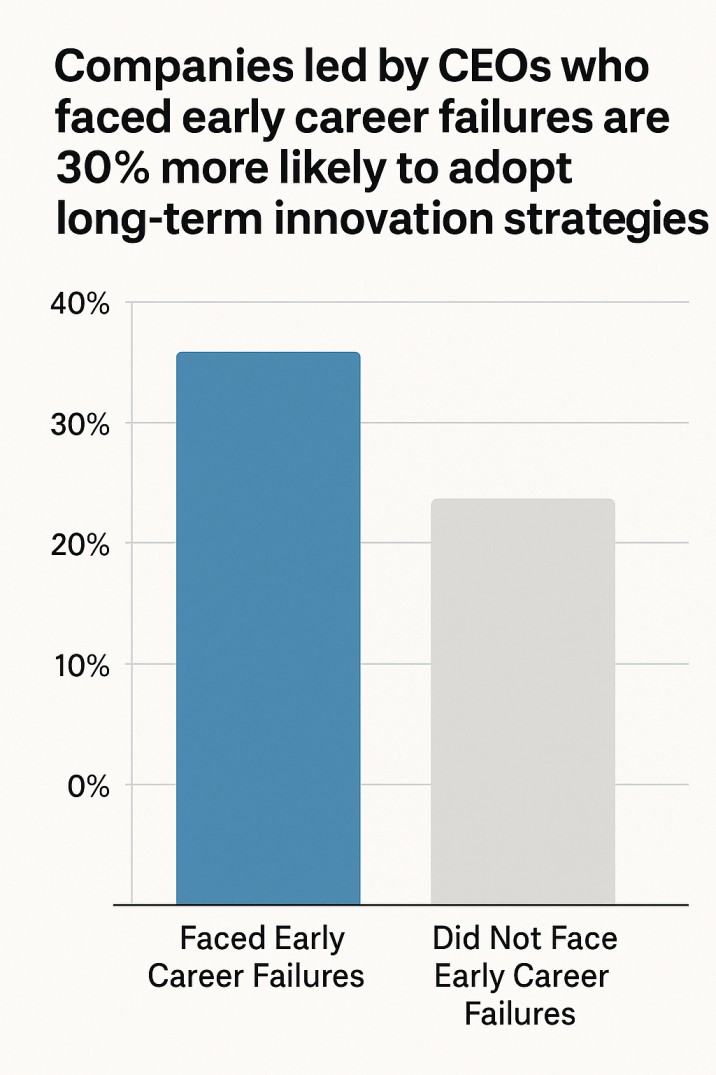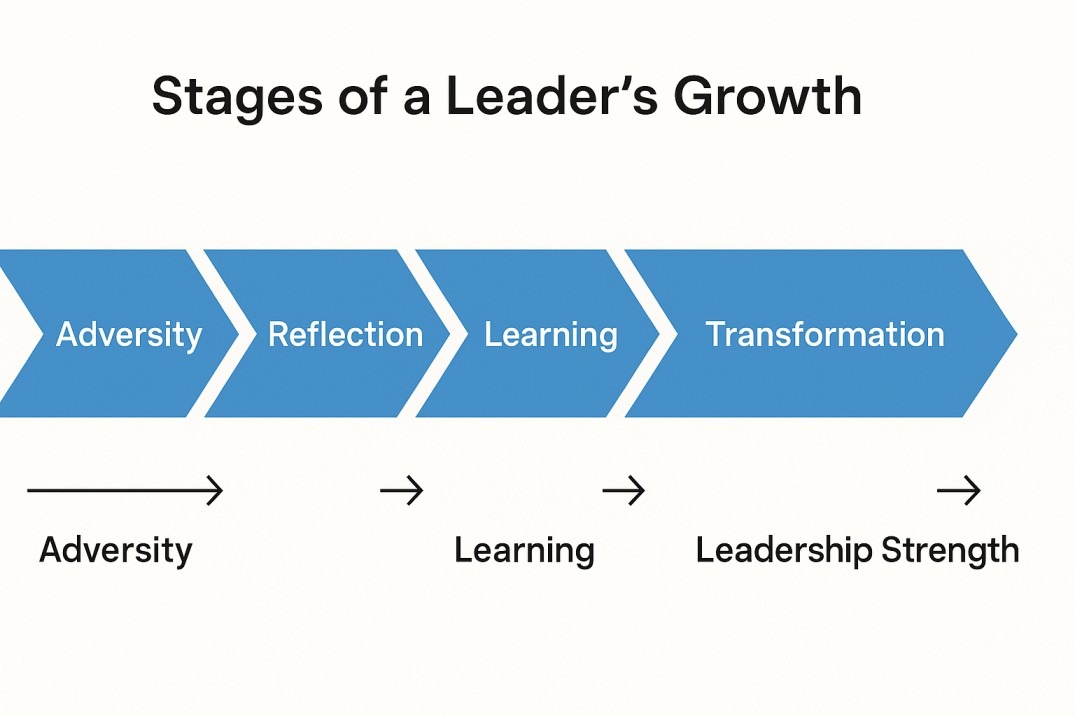Leadership is often romanticized as a smooth climb to the top, but in truth, the path is almost always marked by obstacles. The defining difference between ordinary managers and extraordinary leaders is not the absence of difficulties, but their ability to rise through adversities. Every challenge leaves behind valuable lessons, shaping resilience, empathy, and vision.
Adversities as the True Testing Ground
Adversities have a way of cutting through pretenses. They reveal character when resources are stretched, when decisions must be made under pressure, and when outcomes seem uncertain. For leaders, such moments act as crucibles. Instead of destroying them, these trials refine their decision-making, patience, and perseverance.
When we think of iconic figures—from Nelson Mandela to modern business leaders—their journeys were not linear. They were defined by setbacks, political struggles, and even personal losses. Yet, these adversities didn’t deter them; they sculpted their identities and solidified their credibility.
Building Resilience Through Struggles
Adversities and resilience walk hand in hand. No amount of training can simulate the unpredictability of life’s challenges. Leaders who embrace difficulties learn to remain steady when their teams falter. They transform fear into focus.
For example, a start-up founder facing repeated investor rejections gains a sharper understanding of their market. An executive navigating a financial downturn learns to balance empathy with pragmatism. Without these storms, leadership skills remain untested theories. Adversities give those theories their proving ground.

Emotional Intelligence Forged in Adversities
Leaders often discover the importance of emotional intelligence only when adversities force them to confront human fragility. When a crisis hits, it’s not just about strategy—it’s about morale. A leader who has struggled personally is more likely to listen with empathy, inspire confidence, and cultivate trust.
Employees do not remember leaders for their flawless execution during easy times. They remember how they felt during the hardest days. Adversities sharpen this emotional connection, teaching leaders to guide not with authority alone but with compassion.
Creativity in the Face of Constraints
Paradoxically, adversities often become the birthplace of innovation. History is full of examples where limitations forced breakthroughs. Wartime economies led to scientific innovations that later benefited civilian life. Businesses facing recessions discovered leaner, more efficient models that became standard practice.
Leaders confronted with constraints learn to stretch resources, encourage unconventional thinking, and nurture a culture where experimentation is not punished. Adversities strip away excess and reveal the essentials. Out of that clarity, creativity flourishes.
Trust Earned, Not Demanded
True authority comes not from a title but from trust. Adversities present leaders with countless opportunities to prove integrity. When promises are kept in difficult times, loyalty deepens. Teams rally behind leaders who show up, not only when the spotlight shines but when the storm rages.
In many cases, trust is most visible when leaders admit vulnerability. Paradoxically, showing imperfection during adversities makes leaders relatable, human, and ultimately more respected.
The Long-Term Impact of Adversities
The impact of adversities does not end once a crisis passes. Leaders carry those scars as quiet reminders of their strength. Over time, these experiences transform into guiding principles that shape entire organizations.
A leader who once faced bankruptcy may later emphasize financial discipline across their company. Someone who endured cultural bias may become a champion of diversity and inclusion. These personal adversities ripple outward, creating institutions built on resilience, empathy, and fairness.

Why Adversities Are Irreplaceable in Leadership
In a world obsessed with shortcuts and instant success, it may be tempting to avoid discomfort altogether. But adversities are not interruptions—they are part of the process. Without them, leaders remain unseasoned. With them, they evolve into figures capable of guiding others through uncertainty.
The strongest leaders are not those who avoided storms but those who weathered them, learned, and emerged stronger. Each challenge faced is another layer of resilience, wisdom, and authenticity. Adversities, therefore, are not stumbling blocks but steppingstones to greatness.

Conclusion
The narrative of leadership cannot be separated from the reality of adversity. They define, refine, and elevate. From shaping resilience to inspiring innovation, adversities create leaders who are not only strong but also compassionate and visionary. The strongest leaders are not those untouched by struggle, but those molded by it.
Andrea Balint is a writer and researcher focused on human behavior, workplace psychology, and personal growth. Through her work at CareersMomentum, she explores how mindset, leadership, and emotional intelligence shape modern careers. With a background in communication and HR development, she transforms complex ideas into practical insights that help readers build clarity, confidence, and professional purpose.
